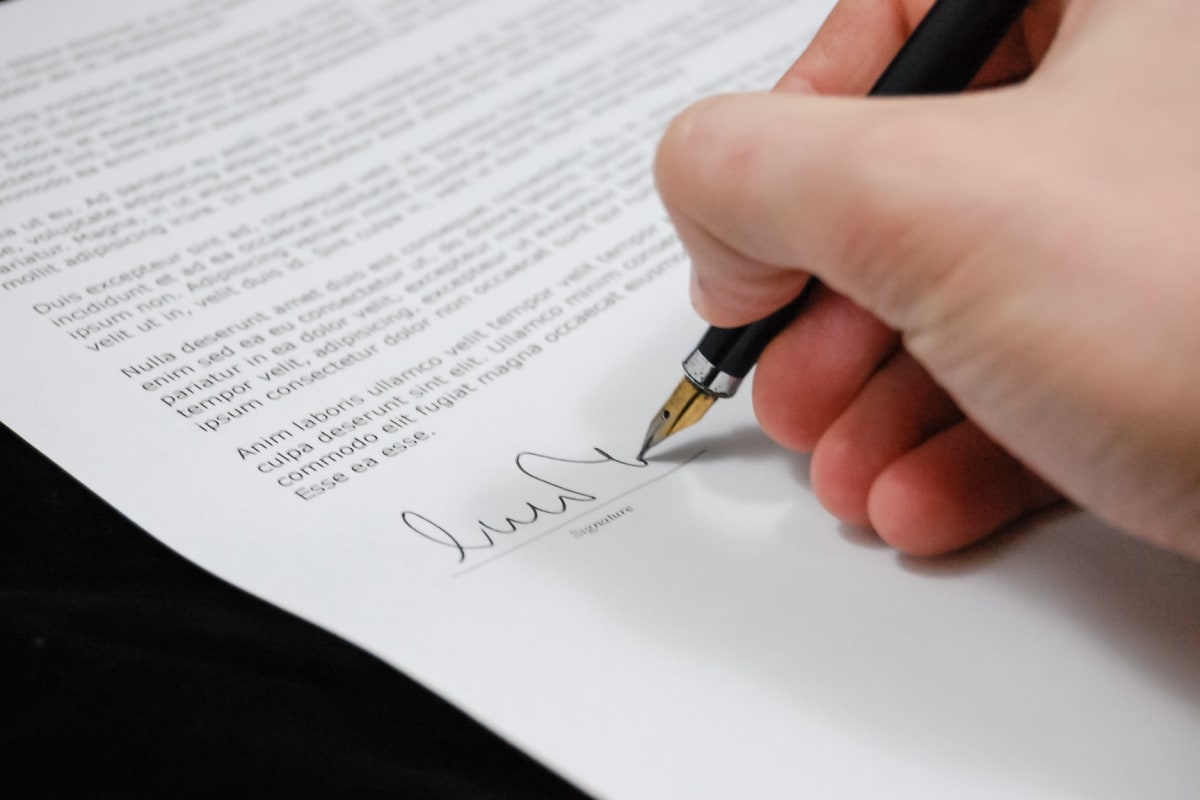The modern marketplace offers plenty of opportunities to buy big ticket items with no money down. You can buy a brand-new car with absolutely no down payment. You can buy furniture with no down payment and seven years’ worth the financing. The list goes on and on. But when it comes to real estate, buying with no money down is bad form.
Fortunately, opportunities to purchase real estate without a down payment are rare. But they do exist. Equally unfortunate is the fact that such deals are a good way to run someone into financial ruin. Just think back to the 2007/2008 housing crash. It was largely precipitated by giving too many people access to cheap mortgages with little or no down payment required.
Down Payments in Residential Real Estate
The last housing crash provided all the impetus the banking industry needed to change its lending practices. Motivated by heavy losses and new federal regulations, mortgage lenders began tightening lending criteria. They also began the practice of looking under every rock and around every corner to get all the details of a buyer’s financial and credit history.
Today, lenders require some sort of down payment in order to force home buyers to make a personal investment. They want buyers to have some skin in the game, so to speak. A down payment suggests a buyer is less likely to default on his mortgage because he does not want to lose that money. Meanwhile, those unable to come up with a down payment may not be able to afford a mortgage anyway. At least that is the thinking.
Down Payment Amounts Vary
As for how much a home buyer would need, it varies from one lender to the next. A general rule of thumb is to come into a deal with 20% down. Private mortgage lenders might be willing to go as low as 15% or 10%, but lower down payments almost always equal higher interest rates and less attractive terms.
Down Payments in Commercial Real Estate
When it comes to commercial real estate, down payments tend to be more sizable. Banks require larger down payments to cover more risk. As for hard money lenders, they tend to require the highest down payments of all.
Hard money down payments can be as high as 50%. Why so high? ActiumPartners.com, a Salt Lake City hard money lender that writes loans in Utah, Colorado, and Idaho, explains that hard money loans are more risky than conventional loans. Higher down payments reduce some of the risk lenders expose themselves to.
Down Payments and Perceived Resources
Down payments in commercial real estate do something else for lenders: they provide a clear picture of a borrower’s financial resources. In commercial real estate, perception plays a crucial role in lending decisions. So if a lender perceives that a borrower’s resources are inadequate, that’s a problem.
Bringing in a sizable down payment indicates a borrower has access to adequate resources. A lender’s mind is put at ease and things can move forward. On the other hand, a borrower not able to come up with a required down payment is demonstrating a lack of access to liquid assets. That means limited financial resources to pay back what is borrowed.
Buying real estate – whether it is residential or commercial – with no money down is bad form. It is also unadvisable. That is why it is so difficult to do so in the 2020s. Buying with no money down was much easier 20 to 30 years ago. How things have changed.





